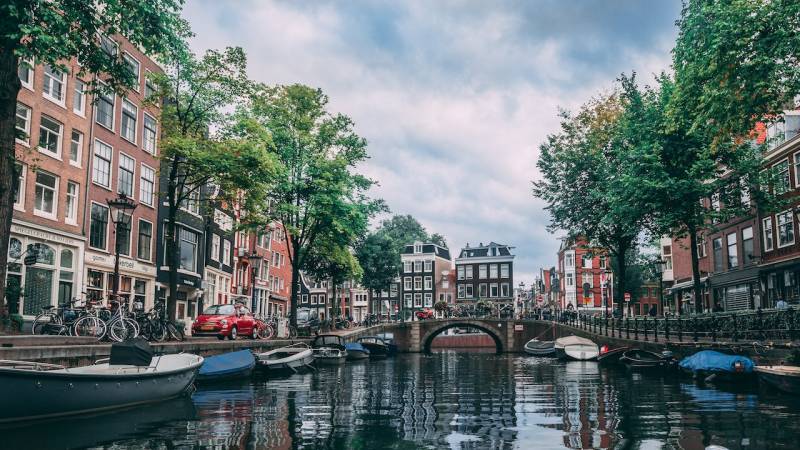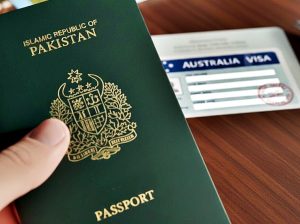AMSTERDAM – Top travel destination, Amsterdam has confirmed jacking up the tourism tax to become the highest in Europe in 2024.
The current tourist tax in Amsterdam, which is at 7%, is slated to rise to 12.5%. Consequently, starting next year, the tax on an average room rate of €175 ($186) per person will increase from $15.25 ($16.18) to €21.80 ($23.12) per night.
If we compare it to other hotspots, Barcelona’s typical tourist tax averages around €2.25 per person daily, while in Paris, you can generally expect to pay about €4 per person per night.
The rise will be applicable to individuals who stay overnight in hotels, short-term rentals, or guesthouses, and it will also impact those arriving on cruise ships; the tax for cruise-ship passengers will increase from €8 to €11 ($8.48 to $11.66) per visitor, per day.
‘The tourist tax will be further increased to fund the extra spending so that visitors make a bigger contribution to the city,’ reads an official document.
‘The money raised by the tourist tax will benefit Amsterdammers and Weespers. Investments will be made mainly in those neighbourhoods and districts where they are most needed and to maintain facilities,’ it added.
The reason for increasing the tax is mass tourism which some say is affecting the charm of the city. In 2022, Amsterdam saw a staggering influx of 17 million tourists, a figure projected to surge beyond 20 million in 2023.
The current population of the city is around 900,000 and there is criticism directed at the visitors in large numbers as both residents and local businesses don’t seem interested in welcoming more tourists.
These concerns are echoed in Amsterdam’s Tourism Policy as well, which explicitly acknowledges the imperative to tackle disturbances and inconveniences stemming from tourism.
Amsterdam’s tourism challenge is so intense that in the ongoing year, tourism authorities initiated the “Stay Away” initiative aimed at dissuading young tourists from flocking to Amsterdam for raucous partying. The campaign’s objective is to shed light on the repercussions of such behavior and advocate for a brand of tourism that is considerate and responsible.
As far as statistics are concerned, Amsterdam – known for its picturesque canals, historic buildings, and cultural attractions like the Anne Frank House and Rijksmuseum – attracts around 20 million annual visitors most of whom land in the city for parties and other attractions.
Mayor Femke Halsema had also complained last year that cruise tourists were let loose for a couple of hours, dined in at international chains, and had no time to visit a museum, consuming the city but doing little for it.
Amsterdam has set an ambitious sustainability target of becoming completely emission-free by 2030. What prompted concerns about cruise ships is a study conducted in 2021 which found out that a single big cruise ship produced the same pollution levels in a single day as 30,000 trucks.














